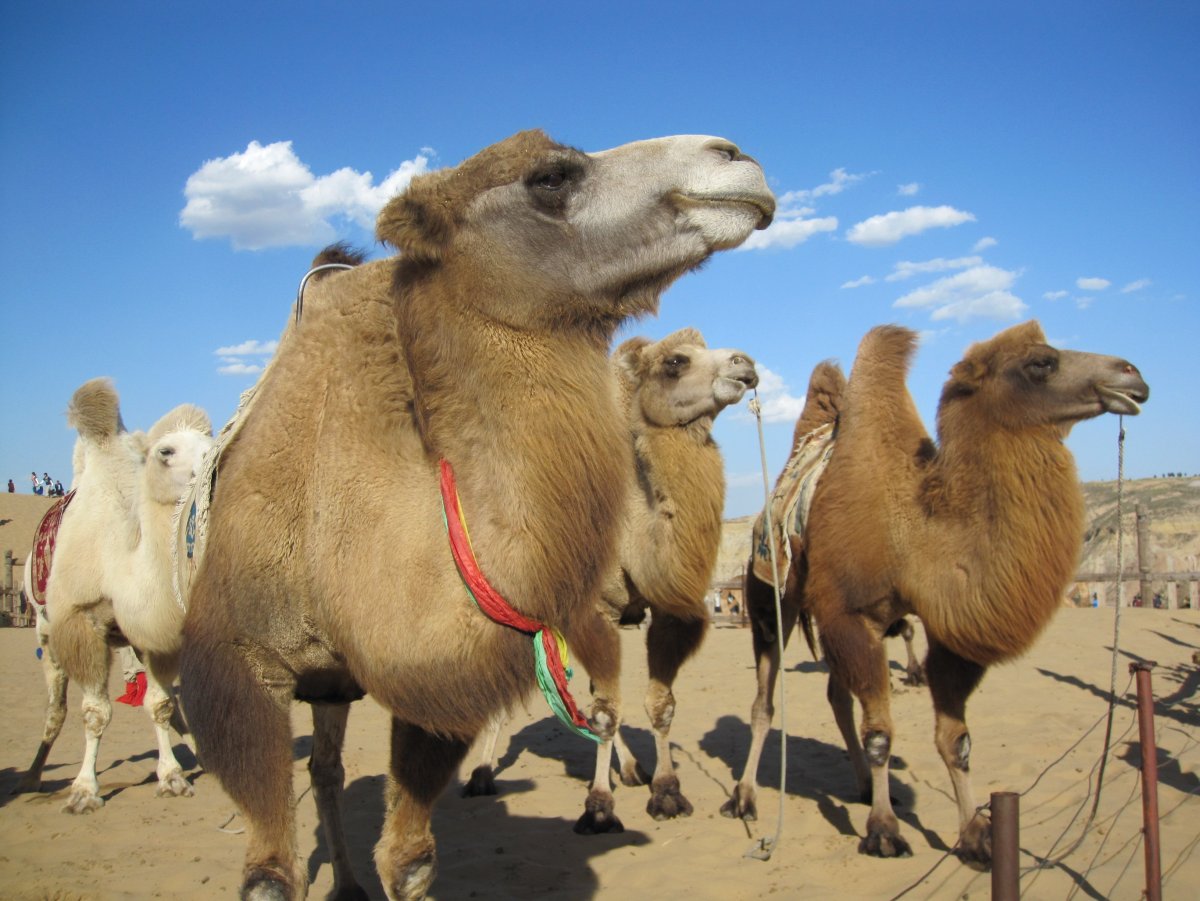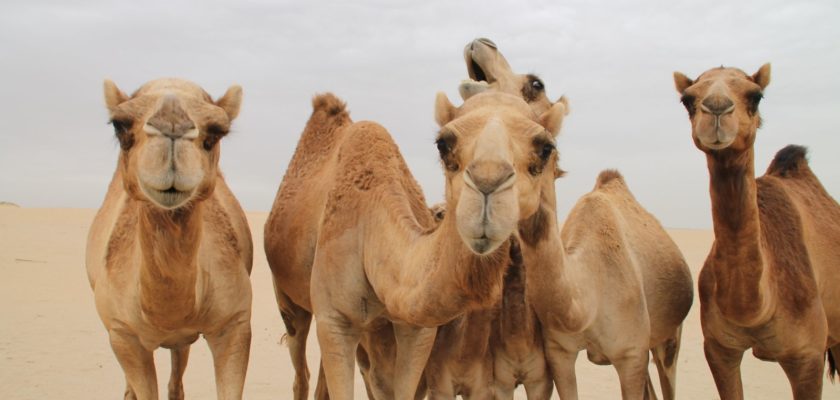Camels are the true queens of desert because in extreme living conditions they manage to provide easier and healthy life to humans.
Most of the big animals can not live in such scarce places because they need large amounts of water and food. Camels can take this advantage as a survival strategy.
Read the most fascinating facts about camels…
The camel can drink up to 150 litres of water at once, and the possibility of thirst quenching with sweet, bottled or seawater is a unique physiological adjustment among mammals.
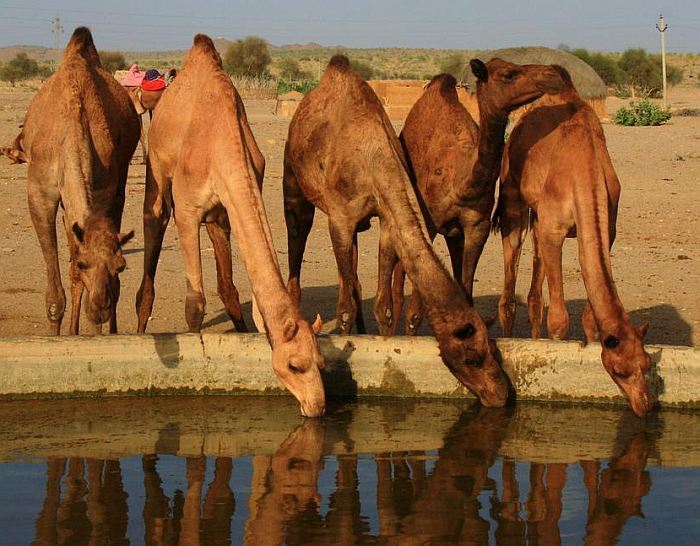
Camles will not start to sweat unless their body temperature reaches 42 degrees Celsius. Likewise, no “heating mechanisms” in the cams are activated in colder nights unless the temperature of the body reaches 34 degrees.
Camel milk strengthens the immune system. Because it contains high insulin concentrations, it is successfully used in the treatment of diabetes, and due to the high concentration of lactoferin that have antimicrobial properties, it is also used in the treatment of intestinal diseases. Because of the very low concentration of allergens, it does not cause allergic reactions.
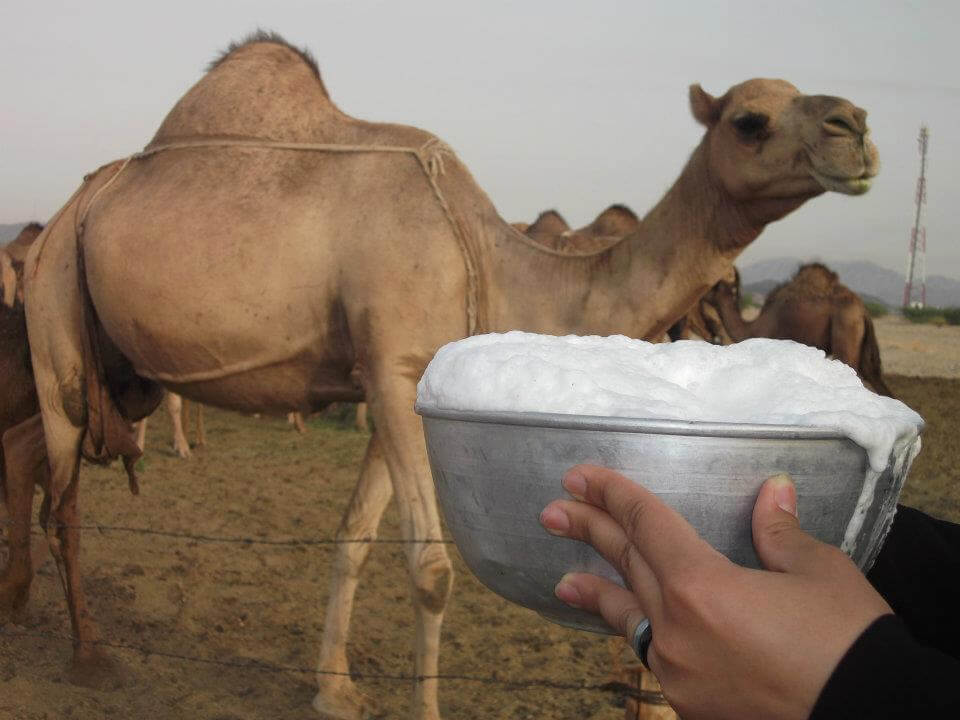
The long neck gives a similar advantage as to the giraffe, enabling them to eat from the trees. Like a giraffe, camel often feeds on thorny acacia trees species that is commonly in the Africa.
It is estimated that as many as 1,000,000 camels live in deserts in central Australia, and some say that number will be doubled for the next nine years. These animals were first brought to Australia in 1840 from India and the Arabian Peninsula to help people cross the desert.
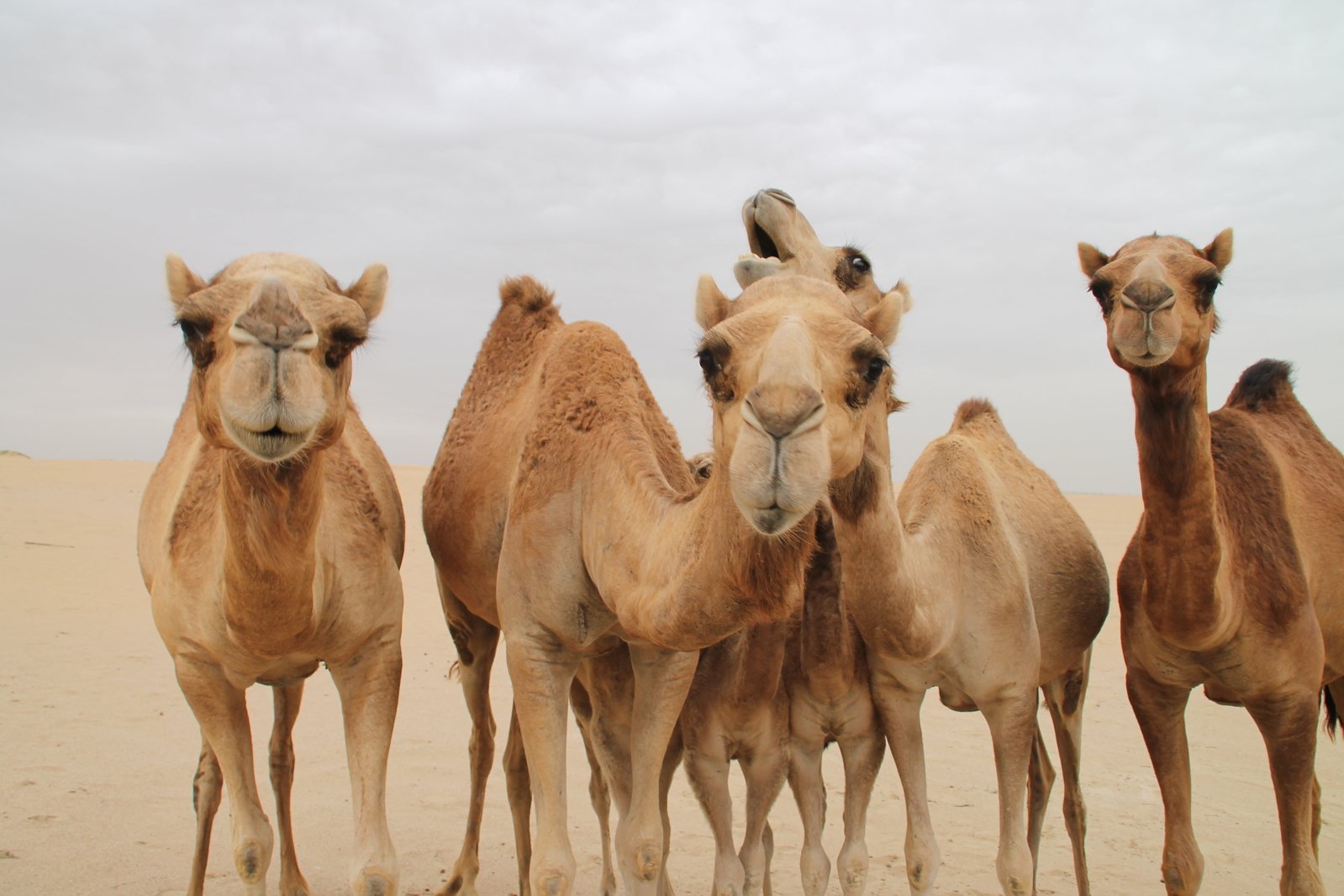
Caravans travel an average of 40 kilometers per day. But, if necessary, some camels can cross 160 kilometers in one day.
Dromedary camel, without water and food in difficult desert conditions, can survive for up to 12 days thanks to 40-50 liters of fatty tissue in the hump. Inside hump, the metabolic degradation releases the water used by body cells.
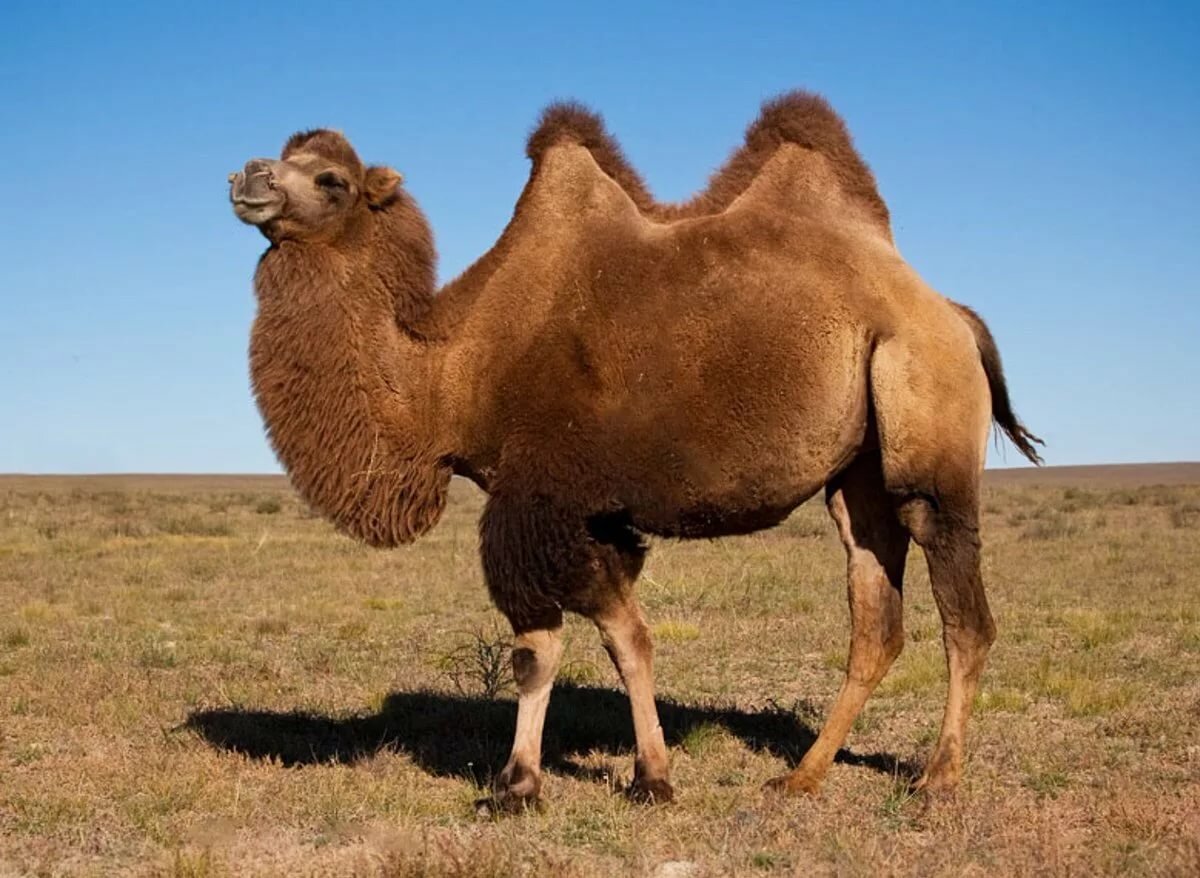
Bactrian camels have blood sugar levels twice as high as other animals with the same dietary habits and their daily salt intake is eight times greater than the typical intake of cows or sheep.
Long eyelashes keep the eyes of the camel during the sandstorm, which allows the camel to continue its journey where other animals are blinded and should stop.
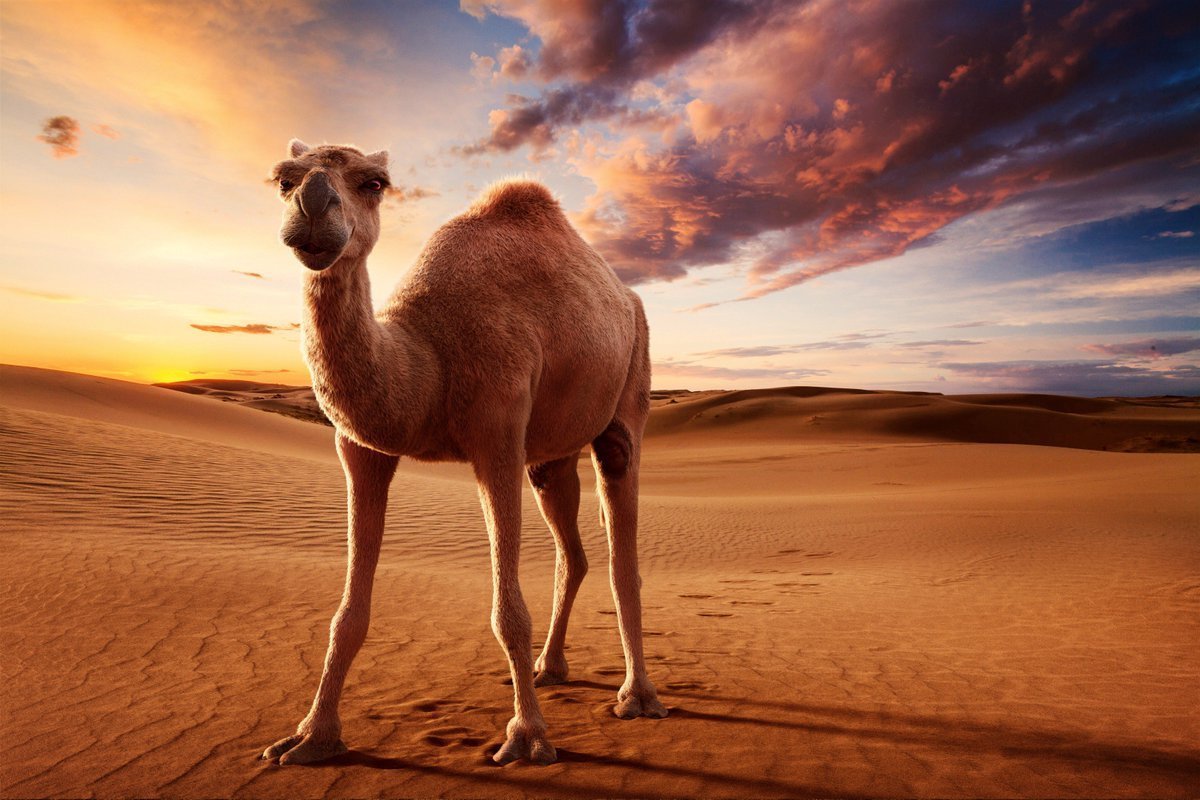
Caravan camels – a mode of transportation that has not changed since Abraham’s time – are still common in the African area of Sahel-Sahara. Nomadic tribes are very dependent on their camels, which for their lifestyle are still as significant as in the past millennia.
